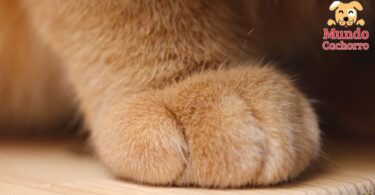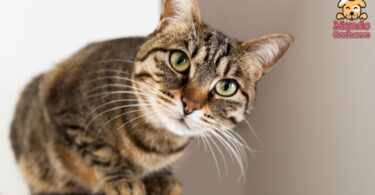Shedding is a natural process for most cats. As the seasons change or in response to other factors, felines experience this transition in which their coat is renewed. Understanding this phenomenon is crucial for pet owners, as it can affect the health and well-being of cats if not managed properly.
Indice
Causes of shedding in cats
Shedding is a cyclical process that occurs throughout the year, although it generally intensifies in spring and autumn. Changes in daylight duration and temperature are triggering factors. The warmer temperature of spring usually triggers the shedding of the thick winter coat to make way for a lighter, cooler coat for summer. Similarly, in autumn, the summer coat is replaced by a warmer coat for winter.
In addition to seasonal changes, shedding can also be influenced by other factors such as stress, hormonal changes, poor nutrition or health problems.
Moulting cycle in cats
The shedding cycle consists of three phases:
- Anagen: In this stage, hair grows actively from the hair follicle.
- Catagen: This is a transitional phase in which hair growth stops and the follicle prepares to release hair.
- Telogen: This is when the hair dies and sheds from the cat’s body. This is the actual molting phase.
This cycle is constantly repeated throughout the cat’s life. During molting, it is common for cats to lick excessively to remove loose hair, which can result in the formation of hairballs in their digestive tract.
Care during molting
To help your cat during shedding, it is essential to provide a balanced diet rich in essential fatty acids, such as omega-3 and omega-6. These are elements that promote a healthy coat and reduce the amount of hair your kitty will shed. Specific skin and coat supplements can be beneficial and should be recommended by a veterinarian.
Regular brushing is key to controlling the amount of loose hair. Brushing sessions should be gentle and regular. You can use tools suitable for your cat’s coat type, such as soft bristle brushes or brushing gloves. This not only reduces the amount of hair your cat ingests when licking, but also helps prevent the formation of hairballs in your cat’s digestive tract. In turn, it minimizes the amount of hair adhering to furniture and clothing.
In addition, maintaining a clean environment free of loose hair by regular vacuuming and surface cleaning can also help.
Shedding hair in cats is a natural and necessary process to maintain their health and comfort. By understanding the causes, cycle and care needed during this process, you can help your cat go through the shedding process more comfortably and healthily. This will strengthen the bond with your beloved pet.
Image courtesy of https://pixabay.com, all rights reserved.







